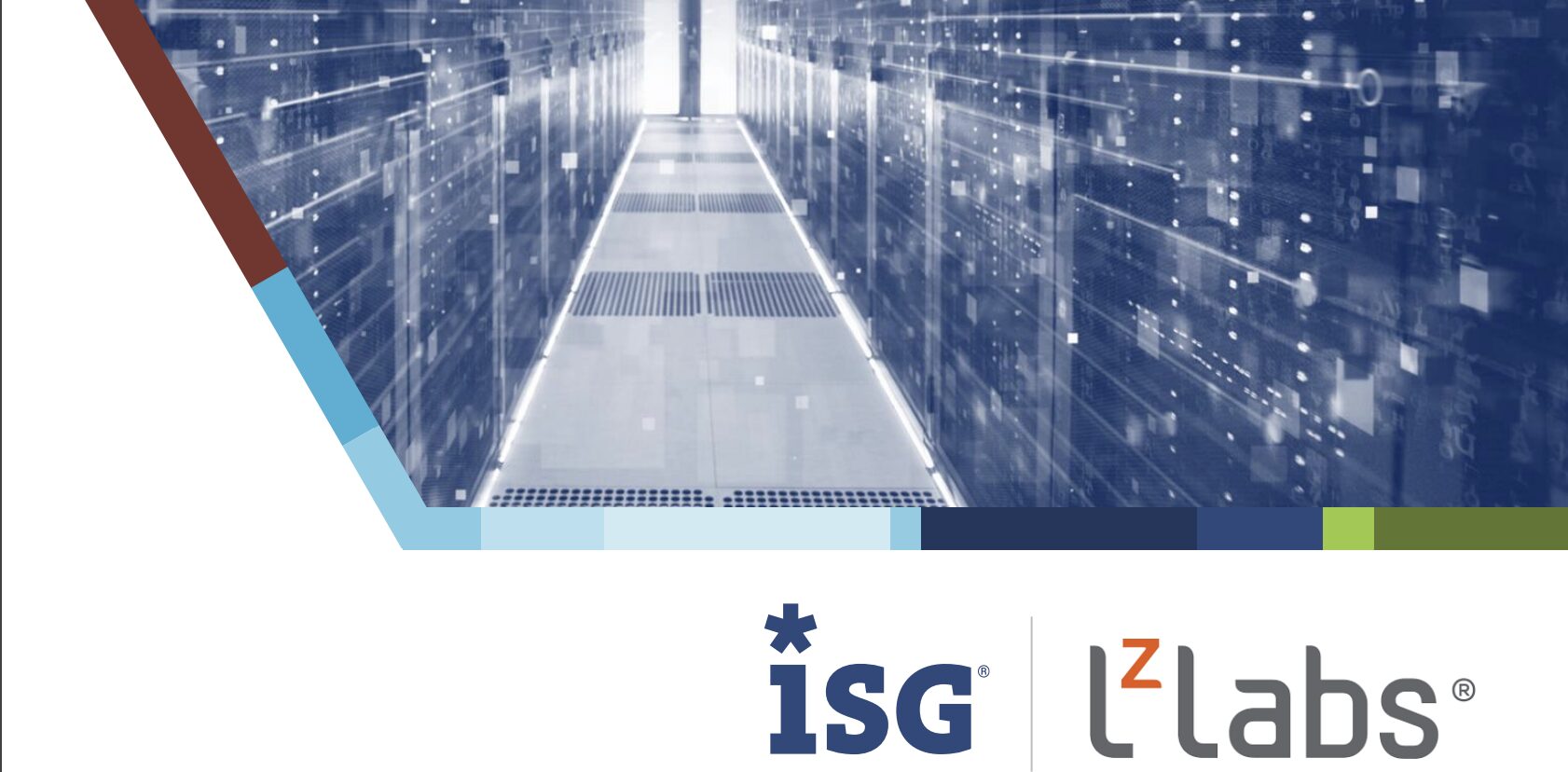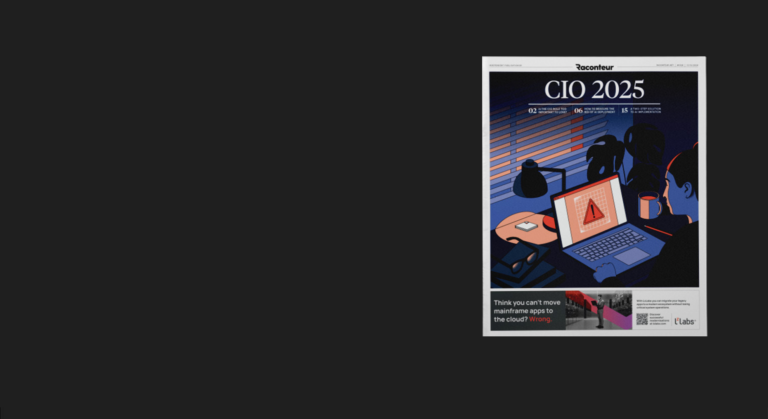An insightful webinar, hosted by migration expert LzLabs together with the report’s author, Pedro L. Bicudo Maschio, unpicked the findings and considered why rehosting mainframe applications is proving a popular strategy.

Rehost and replatform trump other migration methods
Mainframe users were asked about their planned usage of the “Seven Rs” methods commonly used to modernise legacy applications (see the box at the end of the article). In third place, after the preferred methods of rehost and replatform – which require zero code rewrites – came “rearchitect” with 40% of respondents set to migrate this way in the coming 18 months. Refactor and rebuild garnered support from 35% and 33%, respectively, of the sample, while a further 24% planned to retire or replace their legacy mainframe applications.
It’s fair to surmise from the survey data that businesses’ intentions are being driven by their own experience of migration and the evidence in the market: rehosting and replatforming legacy applications again topped the league table, together accounting for 53% of existing migrations. They comfortably lead rearchitecting, refactoring and rebuilding methods, which in turn account for 21%, 18% and 14% of the collective migrated estate.
During the webcast, Pedro L. Bicudo Maschio, principal consultant at ISG, emphasised that the migration landscape is constantly evolving, and methods have to be reassessed against a new business context and emerging technologies. “Don’t think that what you heard five, ten or twenty years ago is something that is still valid. When I joined this market more than 30 years ago, the discussion was about downsizing mainframes to mid-range and the fears about the Y2K bug. The platforms and technology weren’t there and it wasn’t possible to move off the mainframe at that time”.
Pragmatic method de-risks and builds future flexibility
Today, there’s a different reality, which includes perilously low levels of surviving mainframe knowledge and a rapidly changing business climate that’s subjected to frequent external shocks. In this environment, says Pedro, pragmatism is everything. “It [rehosting and replatforming] doesn’t change everything. You can choose to stay with Cobol for a while if you wish. But moving workloads off the mainframe – and not touching anything else – reduces high operational mainframe costs and saves you the expense of upgrading your hardware.”
Nick Hampson of LzLabs agreed and shared his observations of the new pragmatism underpinning customers’ journeys with the webcast listeners. “Some are [rehosting and replatforming] on a road towards a rewrite for an application. Others are doing it in terms of encapsulating unique pieces of functionality as a precursor to moving to a package application in the future; there are things that they won’t be able to replace for many years, but encapsulating code as web services on a re-hosted application is a first, pragmatic step”.
LzLabs’ work entails building a huge variety of technology integrations and interfaces because it’s complicated to move an application off the mainframe to a different environment – and every customer’s journey is unique. This track record and deep learning experience have revealed the strategic value of rehosting as a de-risking method, Nick explained. “What we have discovered, and is becoming increasingly evident, is that when you implement replatforming or rehosting, it supports the other R methods further along the line.”
Incremental journey supports better business decisions
Recognising that rehosting and other methods like rewriting, for example, are not mutually exclusive helps clarify decision-making, too, which in turn is better for business. Enterprises can think about replacing applications once they’ve shifted the mainframe workloads to a more suitable platform. Replacing the application is a business decision, which can be evaluated at a different time and kept separate from the IT exercise of rehosting or replatforming.
Another key finding from the survey evidences the growing popularity of pragmatism. Respondents were asked about their preferred cadence for a mainframe exit strategy: variations on a “big bang”; an incremental approach, using best-of-breed tools for different applications in the legacy portfolio; or “dual-run,” keeping the mainframe and new platform in production in parallel. A majority selected incremental (36%) compared to dual run (28%) and “in-one-go/big bang” options (15%).
An incremental modernisation journey that reduces risk and increases speed and agility by having business-critical software in the cloud can be embarked on without delay. Rehosting doesn’t rule out or compromise future choices about business software while mitigating the risks that accompany a big-bang approach. As Nick concluded: “In the modern business landscape, everybody’s journey is different. Re-platforming and re-hosting are the safest paths for modernisation, and customers are voting with their feet.”
Did we attract your attention? Read the full thought leadership paper and watch the webinar replay.



